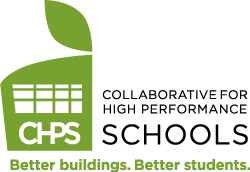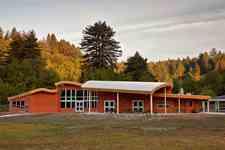Green Building & Design is one of this blog’s main content categories. The following are some of the posts on green building-related topics that have been published on The Green Spotlight or on its sister site (M. Landman Communications & Consulting):
On green building projects:
- 13 Super-Green Buildings [added 12/2013]
- Modular, Prefab, and Compact Options for Green Homes and Structures [added 7/2012]
- LEED Platinum Leaders: 2012 Update of Top-Ranking States and Countries
- Model Sustainable Neighborhoods: LEED ND Developments in the U.S., Canada, and China
- Green Homes: Online Case Studies and Project Profiles
- Online Case Studies and Profiles of Green Buildings in the U.S.
- LEED Platinum-Rated Buildings Worldwide (listing)
- LEED Certified Buildings in Northern California (listing)
- Green Buildings in the San Francisco Bay Area (listing)
- Map of Green Buildings in San Francisco
On green products and materials:
- Water-Saving, High-Efficiency Plumbing Fixtures: Toilets, Showerheads, and Faucets
- ENERGY STAR Products for Homes and Businesses
- How to Choose Less-Toxic, Low-VOC Paints and Coatings (brief intro)
- How to Select Less-Toxic, Low-VOC Paints, Primers, Stains, and Coatings (4-page, 120-KB PDF download)
- Low-Emissions (Low-VOC, Zero-VOC, and Natural) Wall Paints (product listing)
On other green building topics:
- Tips for Saving Energy [added 5/2013]
- Tips for Conserving Water [added 8/2012]
- Green Affordable Housing Resources: Websites and Organizations
- Location, Location, Location: How to Choose a Sustainable Place to Live / Build
- Green Schools: Resources and Links
- Net-Zero-Energy and “Passive” Homes: New Resources
- Low-Cost, High-Payoff Green Home Improvements, Retrofits, and Remodeling Projects
- Sustainable Neighborhoods and Communities: Planning and Development Certification Programs, Projects, and Organizations
- Green Tax Credits, Rebates, and Other Financial Incentives
- Haiti: Sustainable Recovery, Rebuilding, and Community Development Initiatives
A lot of new green building content will be added to the blog in coming months. These are some of the topics that we’ll cover in upcoming posts:
- Green product certifications, eco-labels, standards, and lifecycle data
- LEED ND certified projects: Update of completed neighborhood developments
- One Planet Communities
- Green operations & maintenance practices for households (and for building managers)



 The recently certified Salmon Creek Falls Environmental Center is the first LEED Platinum certified K-12 public school in California, and it is also the first building in Sonoma County to achieve LEED Platinum certification. (The first commercial/non-residential building, that is. I believe that a private residence in Healdsburg was actually the first project to achieve LEED Platinum in Sonoma County.) To the best of my knowledge, the Salmon Creek Falls Environmental Center is the first Platinum rated non-residential building in the entire North Bay region of the Bay Area (Sonoma, Napa, and Marin counties). The Center is located on the site of the
The recently certified Salmon Creek Falls Environmental Center is the first LEED Platinum certified K-12 public school in California, and it is also the first building in Sonoma County to achieve LEED Platinum certification. (The first commercial/non-residential building, that is. I believe that a private residence in Healdsburg was actually the first project to achieve LEED Platinum in Sonoma County.) To the best of my knowledge, the Salmon Creek Falls Environmental Center is the first Platinum rated non-residential building in the entire North Bay region of the Bay Area (Sonoma, Napa, and Marin counties). The Center is located on the site of the